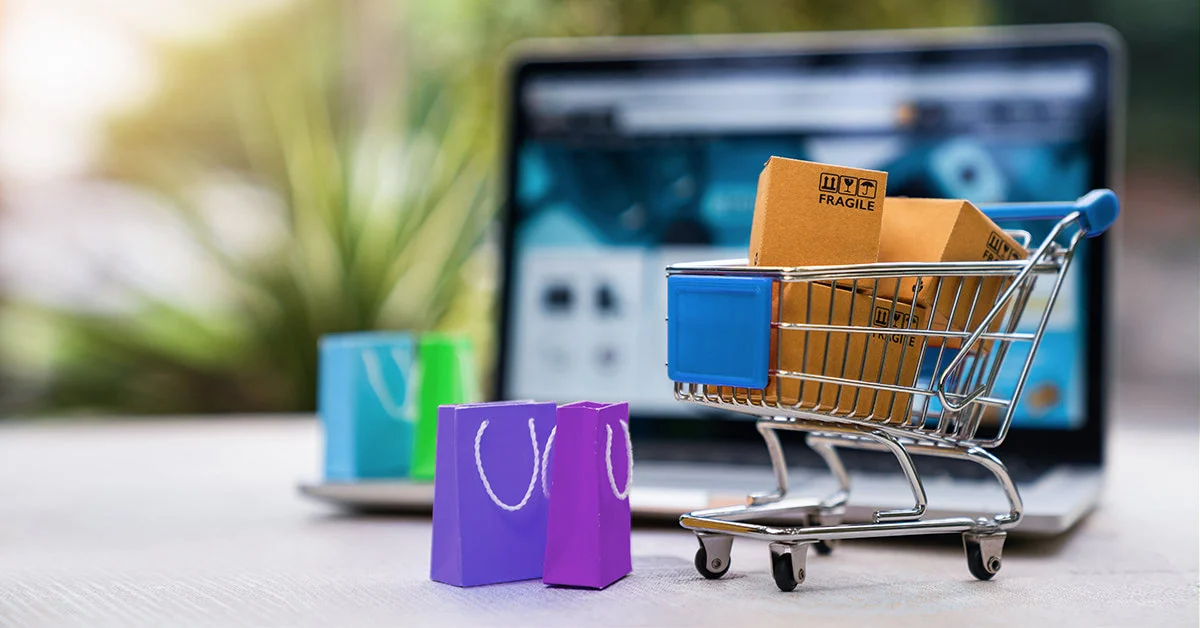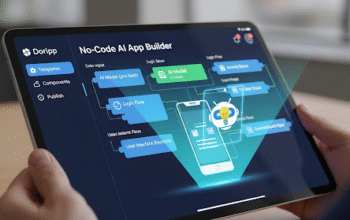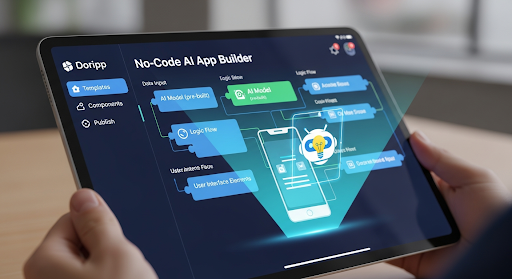Picture this: you’re browsing an online store, and it feels like the shop knows you better than your best mate. That’s the magic of Ecommerce personalization. In today’s digital age, it’s not just about offering products; it’s about creating a unique shopping experience tailored to each customer. This approach not only boosts sales but also builds brand loyalty, making your shopping journey feel seamless and intuitive.
In the UK, where online shopping is as common as a cuppa, businesses are leveraging personalisation to stand out in a crowded market. By analysing your browsing habits, preferences, and past purchases, companies can offer you exactly what you need before you even realise it. It’s a strategy that transforms casual browsers into loyal customers, ensuring you keep coming back for more. As ecommerce continues to evolve, personalisation is no longer a luxury—it’s a necessity for success.
Understanding Ecommerce Personalization
Ecommerce personalization can transform your online shopping experience. Ever notice products appearing that align with your recent searches? This isn’t magic; it’s the result of sophisticated algorithms working behind the scenes. These algorithms analyse behaviours like browsing history and purchase frequency to tailor product suggestions. But what does personalisation mean beyond product recommendations?
Consider the emails you receive from your favourite stores. These aren’t just newsletters; they’re curated experiences crafted based on your preferences. Personalisation in emails might include exclusive discounts on items you’ve shown interest in, thus enticing you to return. Why is this effective? It leverages data to speak directly to your shopping habits, creating a sense of connection.
Let’s think about how personalisation affects your shopping cart. Suggestions might appear urging you to consider additional purchases. This upselling technique relies on past buying patterns to increase sales. Can it enhance your customer journey? Certainly, by highlighting items you may not have considered.
Mobile experiences shouldn’t be overlooked either. How often do you browse on your phone? Personalisation extends here, adapting content to fit mobile interfaces smoothly. With the rise in mobile shopping, your experience should feel seamless and intuitive. This responsiveness encourages engagement wherever you are.
Reflect on your loyalty to certain brands. Why do they stand out? Effective personalisation strategies build this loyalty by offering value through tailored interactions. You’re not just another statistic; you’re a valued customer with unique tastes and needs.
The landscape of ecommerce demands innovative approaches to keep you engaged. Does personalised content generate a more profound connection? Observations suggest it does, as it creates familiarity while maintaining novelty. Figuring through a personalised ecommerce environment can be akin to visiting a favourite local shop where everyone knows your name. This comfort keeps you returning time and again, creating not just transactions but memorable interactions.
Benefits Of Personalisation In Ecommerce
Personalisation in ecommerce redefines how you interact with online shops. What makes this approach so impactful? Let’s dive into three crucial areas.
Enhanced Customer Experience
Personalisation elevates your shopping journey by anticipating your needs. Have you ever noticed how product suggestions seem just right? It’s like a skilled assistant focusing on your interests and preferences. By adapting to the digital space, personalisation replicates that same level of attention and care you’d expect in a favourite boutique. This tailored experience heightens satisfaction and draws you deeper into the browsing adventure.
Increased Conversion Rates
Ever wondered why certain ecommerce sites result in more purchases? Personalisation plays a key role. When you encounter products that align with your tastes, you’re more likely to buy. This isn’t just coincidence; personalisation uses data insights to turn browsers into buyers. By offering special deals and showing relevant items, it subtly nudges you towards completing transactions, increasing the chances of a sale.
Improved Customer Retention
Returning customers are gold for ecommerce businesses. But what brings you back? Personalisation builds loyalty by understanding your preferences and creating bespoke encounters every time. Think of it as visiting your local shop where they know your name and what you like. This sense of belonging encourages repeat visits, fostering an enduring relationship between you and the brand, and ensuring your loyalty.
Types Of Ecommerce Personalization
In today’s digital landscape, Ecommerce personalization takes various forms, tailoring each customer’s journey. Let’s explore how different techniques can enhance your online shopping experience.
Product Recommendations
Curious about how websites know your taste? Product recommendations might be the answer. These suggestions often derive from your browsing patterns, past purchases, and preferences. Algorithms recommend items that suit your style, enhancing discovery while boosting engagement. For instance, if you’ve browsed for running shoes, you may soon see recommendations for related gear. It keeps your shopping journey seamless and engaging.
Personalised Emails
Personalised emails create a direct line to your inbox. They provide exclusive offers and updates tailored to your shopping habits. By analysing your purchase history, emails can feature deals on your favourite products or remind you of items left in your cart. These customised messages ensure relevancy. For example, after buying a winter coat, you might receive a discount code for matching accessories. It’s a way businesses maintain connection and nurture loyalty.
Behavioural Targeting
Behavioural targeting delves into patterns beyond simple purchases. It creates a map of your interactions with the site. Understanding your interests, behaviours, and timing preferences enables tailored content delivery. Have you ever wondered why certain ads or promotions appear when they do? It’s likely due to behavioural targeting making content more relevant and timely. If you frequently browse on weekends, you may notice targeted promotions during those times, aligning with your shopping habits.
Implementing Personalization Strategies
Enhancing the ecommerce experience lies at the heart of personalisation strategies. How do you cultivate loyalty and boost sales while creating an unforgettable shopping experience?
Data Collection And Analysis
Gathering data sets the stage for personalisation. Your tools are vital here, collecting actions from clicks to purchases. Ever wondered what secrets your data holds? By decrypting it, you unveil consumer preferences and trends. Spotting patterns directly influences decisions on product placements and marketing plans. Beware—accuracy is essential for analyses, paving the way for insights that drive the personal touch.
Using AI And Machine Learning
Harness AI and machine learning as the unwavering forces behind staggering store transformations. Algorithms intelligently dissect your customer’s journey at every step. Picture a virtual guide leading buyers to their desired product amidst endless aisles. By learning preferences, these tools present relevant products not unlike a friend suggesting a good book. Potentially, they shift the dynamics of real-time interactions, maintaining your shop’s relevance in a bustling digital marketplace.
A/B Testing and Optimisation
Curious if your changes make an impact? A/B testing is your growth compass, measuring one variation against another. It may seem a simple swap, but the smallest tweak can refine user experience like a sculptor chiselling stone. Who knew a different button colour could turn clicks into purchases? Testing provides opportunities to optimise continuously, ensuring the best tactics rise to the top. Constant evaluation fuels your store’s progress, compelling customers to return for more.
Challenges Of Ecommerce Personalization
Ecommerce personalization transforms shopping, yet hurdles abound. Recognising and figuring these challenges ensures successful implementation.
Privacy Concerns
Privacy stands as a giant on the path to personalisation. You’re likely curious about data collection and how it’s safeguarded. Consumers, like wary travellers, might fear intrusive practices that tread too closely on personal grounds. Balancing tailored experiences with privacy compliance becomes a tightrope walk. How can brands respect privacy while providing value? Businesses should figure out legal landscapes like GDPR to secure trust and data protection.
Data Management
Efficient data management fuels effective personalisation. Imagine weaving a delicate tapestry, each thread representing vital consumer data. The complexity might daunt those who manage this data, requiring precise handling to derive insightful patterns. How do you keep data fresh and accurate? The key lies in robust systems that organise, analyse, and update information without drowning in a sea of numbers. Technology, when harnessed, can transform raw data into a personalised treasure map.
Conclusion
Ecommerce personalization stands as a pivotal strategy in today’s digital marketplace. By leveraging data-driven insights, it crafts a shopping experience that resonates with individual consumers, fostering loyalty and boosting sales. As you figure out the complexities of personalisation, remember that understanding and respecting customer privacy is paramount.
Embrace advanced technologies like AI and machine learning to refine your approach, ensuring that your efforts translate into meaningful interactions. With a focus on continuous optimisation and a commitment to delivering personalised experiences, your ecommerce platform can thrive, offering customers a seamless and engaging journey that keeps them coming back for more.











